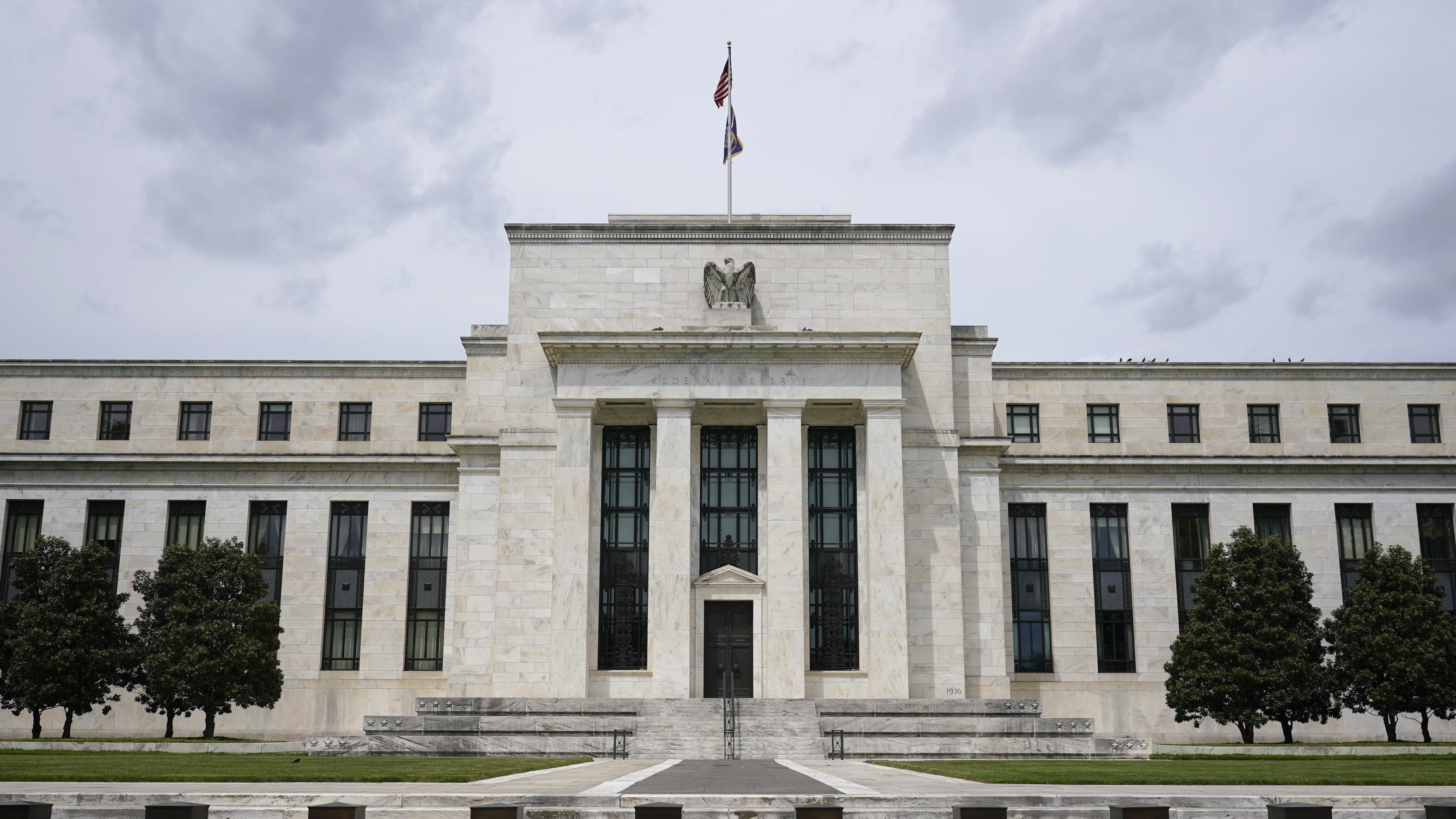 An American flag flies over the Federal Reserve building in Washington DC in this May 4, 2021 file photo. (PATRICK SEMANSKY / AP)
An American flag flies over the Federal Reserve building in Washington DC in this May 4, 2021 file photo. (PATRICK SEMANSKY / AP)
The US Federal Reserve’s latest interest rate hike could crimp post-pandemic recovery across the Asia-Pacific, with Washington’s monetary tightening causing problems such as slowing down exports and consumer demand and further weakening Asian currencies, experts said.
On Dec 14, the Fed raised its benchmark interest rate by 50 basis points, taking the rate to its highest level in 15 years, as the US continues to battle high inflation. The Fed also projected that it will continue rising rates to above 5 percent in 2023. The rate hike has sent jitters across the Asia-Pacific region, with stock markets trading lower on Dec 15.
Nguyen said slower demand in US and EU will likewise reduce demand for Asian goods, hurting exporters. Asian central banks also need to either raise interest rates or let their currencies weaken further against the US dollar
“We are ending the year with the Fed turning more hawkish,” said Trinh Nguyen, senior economist at French investment bank Natixis. She said this is bad news for economies and sectors that are already leveraged and also expecting lower earnings.
Nguyen noted that shortly after the Fed announced its latest rate hike, the European Central Bank raised its key rates by 50 basis points. The Frankfurt-based central bank has likewise signaled further rate hikes in the coming months. Nguyen said this means that “external financial conditions are tightening,” and that this would reduce domestic consumption in the US and European Union.
ALSO READ: Fed hikes rates again, warns of more rises
Nguyen said slower demand in US and EU will likewise reduce demand for Asian goods, hurting exporters. Asian central banks also need to either raise interest rates or let their currencies weaken further against the US dollar.
“Asia is getting less support from external sectors in 2023. The question is whether China cyclical rebound will lead to more Chinese imports from the rest of the region,” Nguyen said.
Nawazish Mirza, professor of finance at Excelia Business School in France, said the current US inflation stands at over 7 percent, which is way above the Fed’s annual target of 2 percent. “And the uncertainty about achieving this target is making Asian markets cautious,” Mirza said.
He said the rise in global energy prices has elevated inflation levels worldwide and this requires “a more hawkish rate management (that is) posing growth challenges for the US and EU”.
ALSO READ: Will Fed's rate hikes prick the bubble?
But while the rate hikes may hurt Asia’s efforts to rebound from the pandemic, Mirza is hoping that local demand resilience in South Asia and Southeast Asia and easing COVID-19 restrictions in China can mitigate the harsh impact of the US monetary tightening.
“In Asia, where inflation has already peaked, the Chinese growth outlook will be the game changer,” he said.
Asian economies rebounded this year following the opening of borders and easing of movement restrictions. But slower global demand and monetary policy tightening by central banks globally are limiting the region’s pace of growth.
In its latest report issued on Dec 14, the Asian Development Bank revised its growth forecast for Asia for this year to 4.2 percent, down from a previous 4.3 percent forecast made in September. The 2023 forecast was also revised down to 4.6 percent, compared with a 4.9 percent projection in September. The Manila-based lender has put regional inflation at 4.4 percent in 2022 and 4.2 percent in 2023.
ALSO READ: Experts downplay impact of Fed hike
Currencies across the region have been falling to record lows in the past few months owing to aggressive rate hikes by the US Fed. This has brought mixed blessings to the region. Commodity exporters and tourist havens like Thailand and Malaysia are among the biggest winners, but net importers like the Philippines and India suffer from the steep cost of imported food and fuel.
“India and Philippines are net importing countries that are more prone to imported inflation,” said Michael Ricafort, chief economist at the Manila-based Rizal Commercial Banking Corporation. He said that while weaker local currencies have helped exporting countries, the rise in global food and fuel prices has wiped out the benefits of weaker currencies.
Ricafort added that sanctions imposed by the US and EU against Russia is adding to inflationary pressures. He was alluding to the price cap set by the Group of Seven advanced economies and the EU’s ban on Russian seaborne oil.
READ MORE: Fed delivers another big rate hike; Powell vows to 'keep at it'
Ricafort said the latest Fed rate hike may lead to a recession in the US — and consequently slow down global economic growth. He said this is the “unintended consequence” of the US central bank’s aim to bring down inflation.


